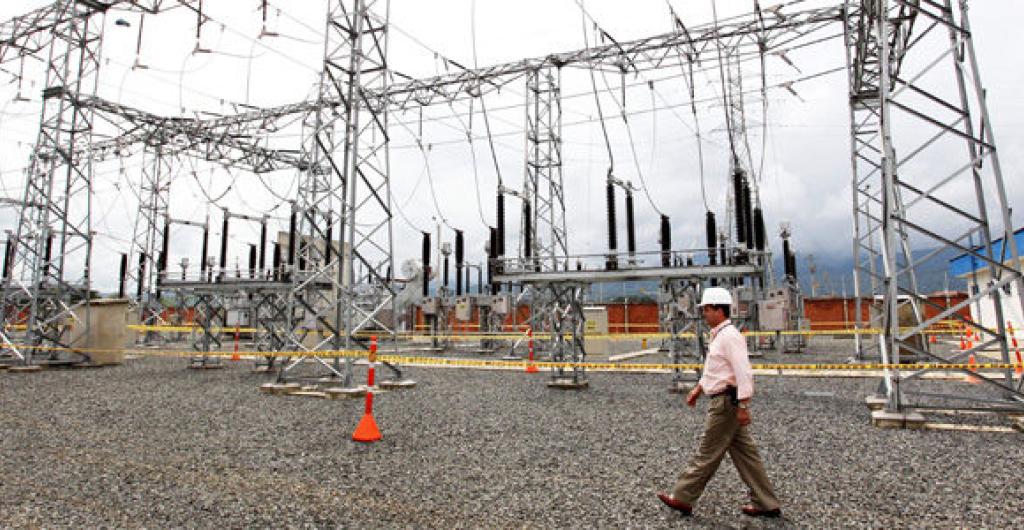According to XM figures, 316 megawatts were expected to enter the system in the first five months of the year, and so far, 55 megawatts have been integrated.
The operator of the Interconnected System and the administrator of the Wholesale Energy Market of Colombia (XM) released a recent report on the current status of energy generation in Colombia. According to the entity’s figures, only 17.5% of the expected capacity has entered the National Interconnected System (SIN) during the first five months of 2025.
As such, it was expected that 316 megawatts would enter between January and May of this year, but only 55 megawatts have been registered so far. Breaking it down, 102 MW were expected in January but only 6 MW entered; 43 MW were projected for February and only 10 MW were reported; 55 MW were projected for March and 11 MW were announced; the expectation for April was 56 MW and only 24 MW entered; and 60 MW were planned for May but only four megawatts were reported.
Consequently, the system operator has warned that this situation is mainly due to delays in the development of generation infrastructure from the perspective of the system’s energy sufficiency.
This is coupled with the lag in generation expansion, which has been putting greater pressure on the existing generation fleet, mainly for supplying peak periods and ensuring energy sufficiency during periods of deficit hydrology.
“The entry of new projects plays a key role in the reliability and capacity of the system to operate under normal conditions, meeting demand safely, reliably, and economically, based on the technical availability of the infrastructure and primary energy resources,” the entity emphasized.
The Decline Dates Back to 2020
Another piece of data highlighted in the report is that this situation in energy generation is not exclusive to 2025. According to the data, this decline has been ongoing for the last five years.
In the breakdown, 2,299 MW were projected in 2020 but only 361 MW entered; 1,868 MW were expected in 2021 and 132 MW were registered; in 2022 the expectation increased to 3,613 MW and 995 MW arrived; in 2023 the forecast was 6,608 MW and 1,155 MW were reported; for 2024 the idea was to incorporate 5,720 MW but only 1,447 MW arrived; and finally, for the current year, the goal is 3,517 MW, but as previously announced, only 55 MW have been integrated.
Therefore, from 2020 to the present, 23,625 new megawatts were expected to enter the SIN, but only 4,145 megawatts have been registered so far, meaning an 82.4% shortfall has been reported.
“In 2023, 17% of the expected in-service capacity entered, while in 2024, 25% entered. With the above, it is observed that the real entry rate of new generation projects, compared to expectations based on their declared FPOs (In-Service Date), has not exceeded 28% in the last 5 years. This indicates a low incorporation of new resources into the system, which could compromise the secure and reliable supply of demand,” XM added.
Concerns About the Energy Mix
Another concern highlighted in the report is that a significant volume of the resources integrated into the system corresponds to solar power plants, which do not contribute firm capacity to meet peak periods. This could lead to tightness in meeting the system’s peak demand, which generally occurs between 7:00 p.m. and 9:00 p.m., when solar-based generation is not available.
“The integration into the SIN of non-conventional renewable sources, especially solar photovoltaic and wind, poses new operational challenges given the inherent variability and uncertainty of these energies,” another section highlights.
Meanwhile, it is noted that there has been an accelerated growth in the incorporation of solar generation in recent years, which XM believes creates vulnerabilities to extreme weather events that may affect this resource, as well as the concentration of energy production during daylight hours and the low incorporation of firm generation to meet demand during peak consumption periods.
Source: Energía – PORTAFOLIO








